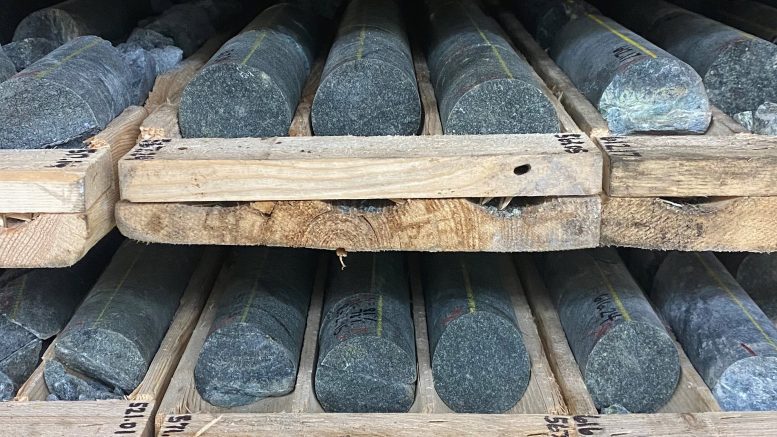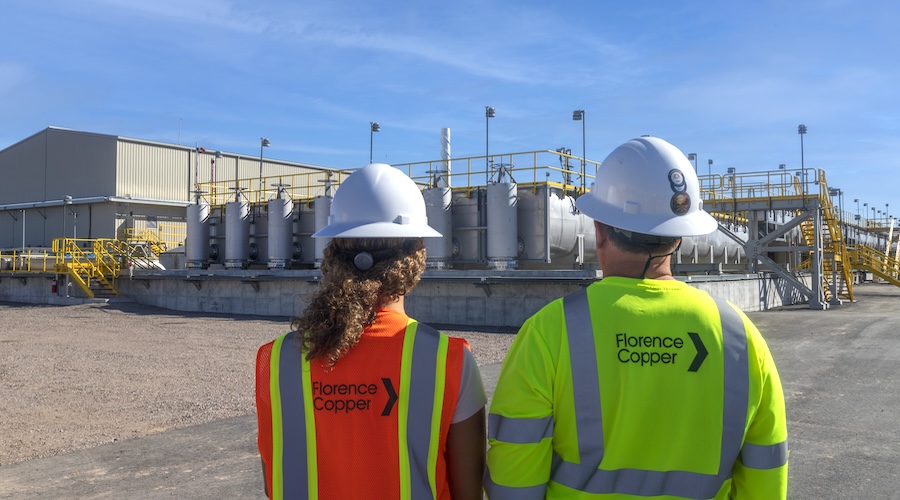Canada Nickel aims for zero-carbon emissions at Crawford

On Tesla’s second quarter conference call last week, Elon Musk entreated the industry to: “Please mine more nickel – Tesla will give you a giant contract for a long period of time if you mine nickel efficiently and in an environmentally sensitive way.”
Musk’s comments couldn’t have come at a better time for Mark Selby, president and CEO of Canada Nickel (TSXV: CNC), which owns 100% of the Crawford nickel-cobalt sulphide deposit in Ontario.
The company has announced that it is setting up NetZero Metals, a wholly-owned subsidiary that will use existing technologies to produce zero-carbon nickel, cobalt, and iron products.
“The market is demanding zero-carbon products now, not in some nebulous 2050 timeframe,”
Mark Selby, president and CEO of Canada Nickel
Selby says Canada Nickel has a good chance of meeting its zero-carbon goals, given Crawford’s location close to carbon-free sources of hydro-electric power in the Timmins mining camp, but also because of its largely serpentine rock, which some studies have shown naturally absorbs carbon dioxide (CO2) when exposed to air through a naturally occurring process of “spontaneous mineral carbonation.”
Serpentine rock is the host rock that makes up more than 90% of the mass of the Crawford project.
The mining executive points out that current techniques of processing sulphide and laterite ores generate significant sulphur dioxide (SO2) and C02 emissions and that the environmental impact will get worse with nickel supply growth coming from nickel pig iron production, in which an estimated 25 to 30 tonnes of coal is used to produce each tonne of nickel at a number of operations.
This, when combined with other sources of C02, generates roughly 90 tonnes of Scope 1 and 2 C02 emissions per tonne of nickel produced, Selby said in an interview.
That would mean that a battery pack in an electric vehicle that contains 50 kilograms of nickel would represent three to four tonnes of Co2 emissions for that vehicle. Other sources of nickel – such as from high-pressure acid–leach (HPAL) operations in Indonesia, also have a significant environmental footprint where some operations, he said, are considering deep-sea discharge of 100 tonnes of tailings for each tonne of nickel produced.
“The bulk of growth in the nickel industry for the last while and in the foreseeable future is processing laterite ore and that takes a huge amount of electricity and in places where coal is used, such as Indonesia, you’re generating a lot of Co2 – it’s a very heavy Co2 footprint – which is not what consumers on the EV side or in the market are looking for today,” he said.
“We’re going to be taking advantage of the kind of rock we have and Crawford’s location close to hydro-power to deliver zero-carbon material. It’s the right thing to do.”
He also noted that Crawford’s location in the Timmins area is beneficial because the area “is familiar with downstream processing with the Kidd Creek site that operated there for many, many years.”
Selby said Canada Nickel will not need to invent any new processes or equipment to achieve these goals and will explore the use of various existing alternatives in the mining, milling and processing of mineralized material. These will include electric rope shovels and trolley trucks that use electricity rather than diesel fuel; and the deposition of waste rock and tailings during the mining process, which will expose the serpentine rock to air for mineral carbonation to help offset Co2 emissions from the project.
The company will also explore producing nickel and cobalt products from existing pyro-metallurgical and hydro-metallurgical processes such as roasting, sulphation roasting and reduction using electric arc furnaces, which use natural gas rather than coke or coal as a reductant, and existing Albion and other hydrometallurgical processes. The off-gases would then be captured and re-routed into the waste rock and tailings, he said.
In addition, Canada Nickel will look into producing iron products using existing direct reduced iron (DRI) processes or reduction in electric arc furnaces using natural gas. The remaining Co2 in the off-gases would then also be re-routed into the waste rock and tailings from the deposit, he explained.
All of these options will be assessed in the preliminary economic assessment for Crawford that is underway now.
“The market is demanding zero-carbon products now, not in some nebulous 2050 timeframe,” he said. “Resource companies need to find ways to deliver these products.”
“We have to address the reality that consumers are increasingly taking as dim a view at the CO2-emissions that the industry produces as we now do looking back forty years ago when many industrial companies thought it was okay to dump untreated gases, waste and tailings into the environment.”
(This article first appeared in The Northern Miner on July 27)
{{ commodity.name }}
{{ post.title }}
{{ post.date }}




Comments